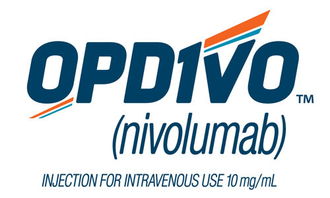Understanding OP Poisoning: A Comprehensive Guide
OP poisoning, also known as organophosphate poisoning, is a serious condition that can lead to severe health complications. This guide will delve into the details of OP poisoning, including its causes, symptoms, diagnosis, treatment, and prevention. By the end, you’ll have a comprehensive understanding of this potentially life-threatening condition.
What is OP Poisoning?

OP poisoning occurs when an individual is exposed to organophosphates, a group of chemicals commonly used in pesticides, nerve agents, and other industrial applications. These chemicals are highly toxic and can interfere with the nervous system, leading to a range of symptoms and complications.
Causes of OP Poisoning

OP poisoning can result from various sources, including:
| Source | Description |
|---|---|
| Pesticides | Organophosphates are widely used in agricultural pesticides, which can contaminate food and water sources. |
| Industrial Exposure | Workers in industries such as agriculture, manufacturing, and chemical processing may be exposed to OPs through inhalation, skin contact, or ingestion. |
| Accidental Ingestion | Children and pets may accidentally ingest OPs found in household products or contaminated food. |
| Intentional Exposure | OPs can be used intentionally in acts of poisoning or terrorism. |
Symptoms of OP Poisoning

The symptoms of OP poisoning can vary depending on the level of exposure and the individual’s overall health. Common symptoms include:
- Nausea and vomiting
- Diarrhea
- Headache
- Confusion and dizziness
- Severe muscle weakness
- Respiratory distress
- Seizures
- Coma
Diagnosis of OP Poisoning
Diagnosing OP poisoning involves a combination of clinical assessment and laboratory tests. The healthcare provider will consider the patient’s history, symptoms, and exposure to OPs. Laboratory tests may include:
- Blood tests to measure levels of cholinesterase, an enzyme affected by OPs
- Urinalysis to detect the presence of OP metabolites
- Other tests, such as chest X-rays or electrocardiograms, to assess the extent of organ damage
Treatment of OP Poisoning
The treatment for OP poisoning is primarily focused on reversing the effects of the chemical and managing symptoms. Treatment options may include:
- Antidotes: Atropine and pralidoxime are commonly used to counteract the effects of OPs on the nervous system.
- Supportive care: This may include oxygen therapy, intravenous fluids, and medications to control symptoms such as seizures and respiratory distress.
- Monitoring: Patients with severe OP poisoning may require close monitoring in a hospital setting to manage complications and ensure recovery.
Prevention of OP Poisoning
Preventing OP poisoning involves minimizing exposure to these harmful chemicals. Here are some key preventive measures:
- Use personal protective equipment (PPE) when handling OPs in agricultural or industrial settings.
- Follow proper storage and disposal procedures for OP-containing products.
- Keep OPs out of reach of children and pets.
- Report any accidental exposure to OPs to healthcare professionals immediately.
OP poisoning is a serious condition that requires immediate medical attention. By understanding the causes, symptoms, diagnosis, treatment, and prevention of OP poisoning, you can help protect yourself and others from this potentially life-threatening condition.
